
The future artist belonged to the old noble family of “Pushkin’s” Goncharovs: she was a cousin of the poet’s great-granddaughter.
1881 - 1962

A Russian avant-garde artist, painter and graphic artist, a stage designer, who worked in Paris for many years. In the history of Russian art, the name of N.S. Goncharova is closely associated with the name of M. Larionov: they worked together for 60 years, first in Russia, then in Paris. Unusually talented creators, collaborating, helped one another to establish their individuality.
The artist called the Amazon of the avant-garde, a member of the Jack of Diamonds and Blue Horseman groups, a Futurist and Cubist painter, was a bold innovator in painting, a brilliant decorator that till now impresses art lovers with a rare variety of her great artistic talent.
The so-called «Russian style» never existed in professional fine art before Goncharova’s «Rooster». Inheriting the traditions of lubok art and using folk ideas about religion, the folklore of Egypt and her favourite Scythia, she, undoubtedly, combined all into a single harmonious style.
Key ideas:
– During her career, the artist sought to make images easy and make her style understandable. She was fond of lubok and primitivism, all kinds of folk art. In her articles and statements, N. Goncharova called for “living in tradition”, as folk art masters do.
– Having experienced the influence of Cubism and Futurism and created many paintings in the style of rayonism invented by Larionov, Goncharova was at the origins of Russian neo-primitivism, which was the closest to her aesthetic views. The colourfully expressive works of the master are a perfect example of a creative rethinking of traditions, which has shown the art world one of the trends in decorative abstractionism.
– In the design of books, Goncharova was one of the first European artists to start using the collage technique. In 1912, she glued a flower cut out of embossed gold paper on the covers of the collection “Peace from the End”, and each copy of the book received an exclusive version of this element.
– Goncharova considered uniting art, patriotic and religious subjects in painting very important. Before that, no Russian painters departed from traditions in cult images so much that their creations could be called modern, fundamentally new interpretations. Synthetizing Christian and pagan images, the artist laid the foundation for the revival of a style close to ancient icon painting – the archimandrite of the Alexander Nevsky Lavra who highly appreciated the work of Goncharova wrote about this.
– Critics called the late paintings by Natalia Sergeevna “chants” – there are so many archaic techniques and folklore motifs in them. The reviewer wrote about the series of works «Spanish women» that “those are not women but cathedrals”.
1881
1901
1903
1906
1908
1910
1913
1914
1924
1938
1955
1961
1962

The future artist belonged to the old noble family of “Pushkin’s” Goncharovs: she was a cousin of the poet’s great-granddaughter.
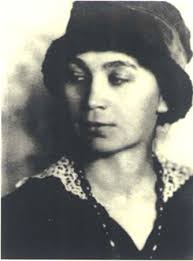
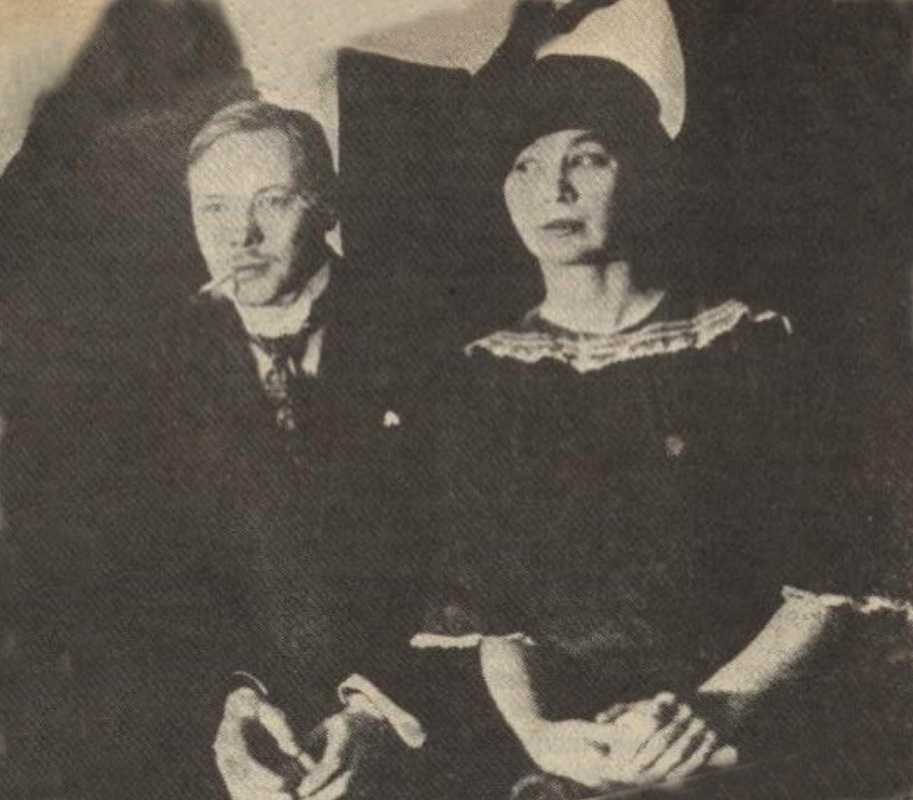
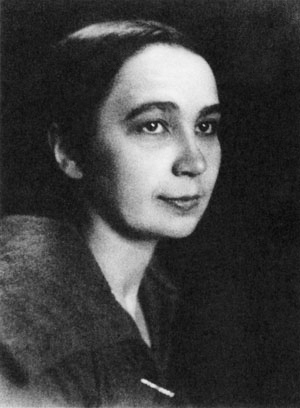
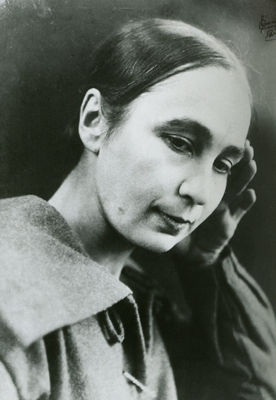

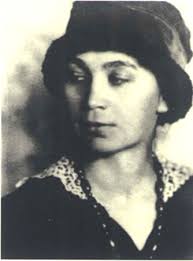
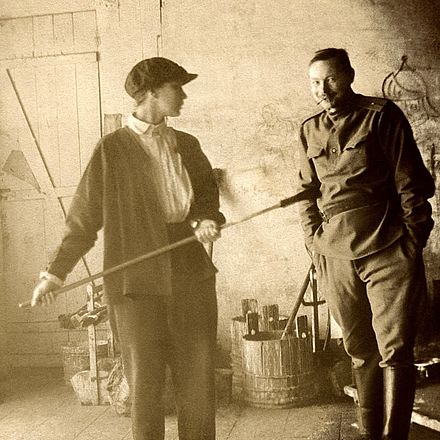

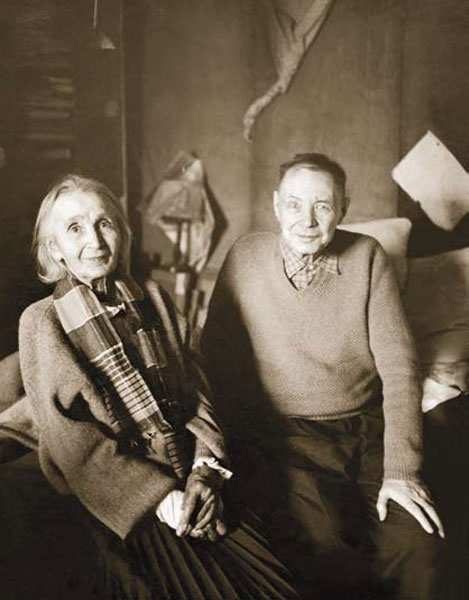


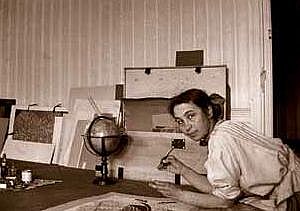

flow
Expressionism
Fauvism
Cubism
Modern
Primitivism
Futurism
friends
Mikhail Larionov
Alexandre Benois
David Burliuk
Ilya Mashkov
artists
Konstantin Korovin
Paul Gauguin
Paul Cezanne
Pablo Picasso
Fernand Leger
Paolo Trubetskoy
Sergey Mikhailovich Volnukhin
flow
Futurism
friends
Aristarkh Lentulov
Robert Rafailovich Falk
Alexander Kuprin
Petr Konchalovsky
Nikolay Milioti
artists
Sergey Sharshun
Kirill Zdanevich
Vsevolod Maksimovich
Michael Le Dantoux
Kazimir Malevich
Valentina Khodasevich